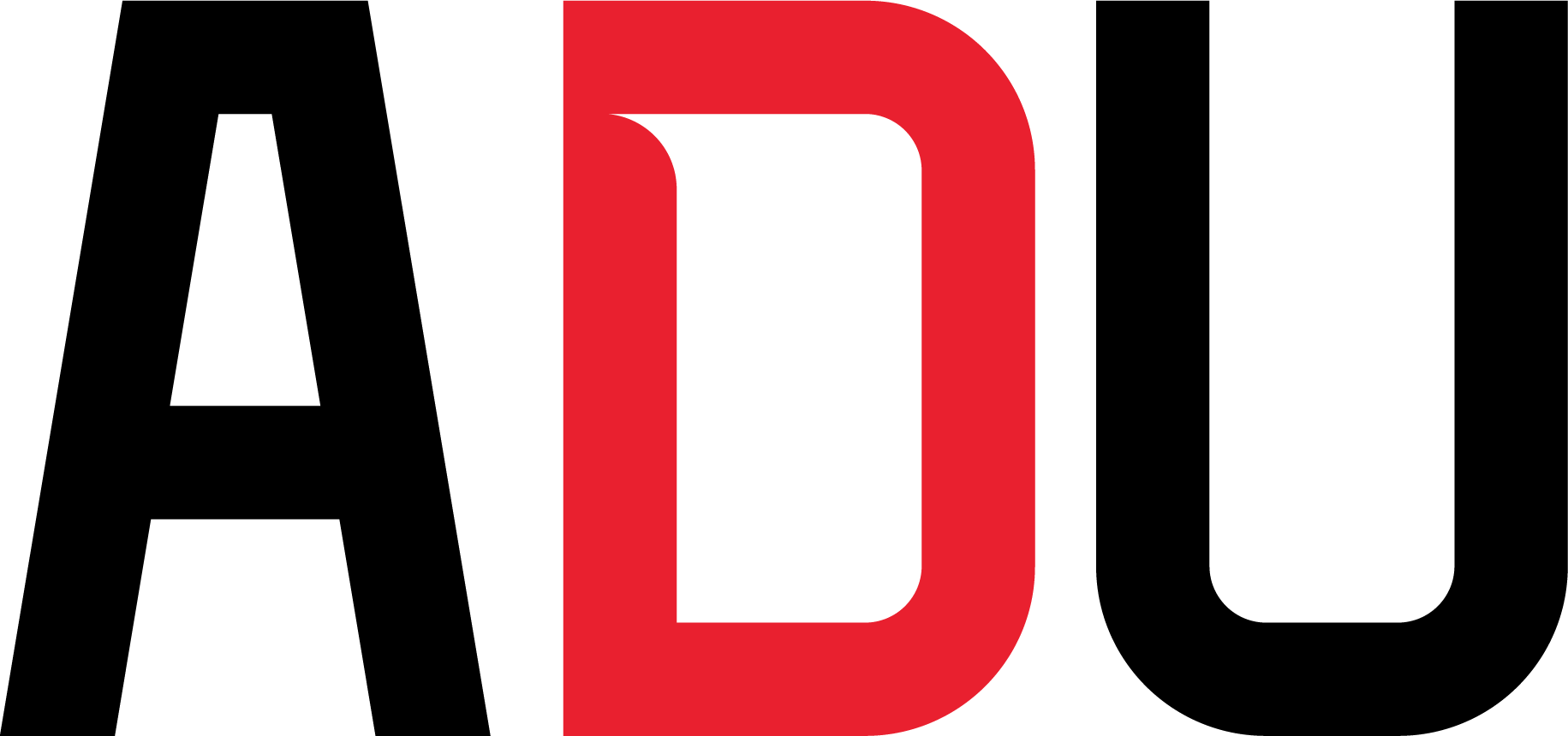The current landscape of college athletics is undergoing, arguably, the most dramatic transformation in its history. A system long governed by tradition, informal understandings and a patchwork of rules now finds itself in a crucial moment. A moment that will define its character.
Truly, it feels like college sports are in the fourth quarter. The scoreboard, once bright and clear, now flickers with uncertainty. The rules are shifting. The stakes are rising.
And, there is no shared playbook to guide the way. Yet.
College sports today operate without true structure or real enforcement. Decisions made in the ecosystem are now constantly facing legal risk and challenges. Athletes, administrators and institutions are doing their best to adapt to the changing map, but without true structure, they’re navigating in the dark.
That is why collective bargaining is not just a legal tool for athletes and administrators alike, it is a necessary framework. One capable of restoring stability and clarity to a system that once worked, but now is fractured. Without collective bargaining with college athletes, litigation will continue, trust will erode and the very fabric of college sports will begin to unravel.
What does collective bargaining mean under the heading of college sports?
Collective bargaining is often misunderstood and often feared. It’s not about classifying athletes as employees. It’s not about turning college campuses into professional franchises. It is about giving athletes, those at the absolute core of this business, a true voice in shaping the rules that govern their experience, and affect their everyday lives.
At its most basic level, collective bargaining is a process: a structured negotiation between a representative body of athletes and those who manage the system: be it individual schools, athletic conferences, or a centralized entity.
The goal: a fully negotiated agreement that ensures fairness in areas like health and safety, academic rights and compensation to the very people who generate the revenue.
A CBA is not about declaring athletes employees or triggering federal labor law, it’s about formalizing their access as partners in the creation of shared governance without destroying what’s unique about college sports.
Federal intervention seems unlikely, as the recent Executive Order, President’s Committee and proposed bill do not and have not affected real change. Collective bargaining is the only way to create an enforceable framework and structure of rules in the long term. Under this model, and for the first time in the history of the industry, college athletes will now negotiate, and then agree, to those rules.
Many would say that a CBA is college sports is a pipe dream. But today, in the middle of 2025, it is no longer hypothetical. It is within grasp.
But, didn’t the House settlement take care of that?
The House settlement marks a turning point, a historical moment with implications and precedent for decades to come. But it is not a solution.
While the agreement introduces NIL payments over the next ten years, it falls far short of what’s needed in college athletics today.
The settlement lacks enforceable standards around health, safety, education and athlete protections. And because it was not collectively bargained, it fails to meet the legal criteria for labor exemptions, leaving schools, coaches, and donors vulnerable to further litigation.
More importantly, the sheer amount of money (including tax payer dollars and charitable donations) that will be spent on lawsuits in the future will only increase, putting schools and conferences at risk yet again.
House is a step forward, but it is not a sustainable solution that offers real, sustainable change.
Why is this so important right now?
Legal issues continue to grow. Pressure is mounting. More lawsuits are coming. Institutions and leaders are exposed. And the current structure, fragmented and outdated, offers no shelter.
A collectively bargained agreement would change that. Offers a chance to escape the storm.
It would provide legal cover, predictable standards and shared accountability. It would ensure that every school, every conference and every athlete operates by the same set of agreed-upon rules. Rules that not only protect the school, but administrators and athletes. A CBA ensures not only fairness, but safety, transparency and trust.
It would, simply, work.
What seems to be the consensus about collective bargaining?
Many out there see the value of collective bargaining. These supporters see the writing on the wall. To them, collective bargaining is no longer a distant concept, it is the only next step. They see a chance to bring structure without losing identity. A way to preserve the best of college sports, while updating what no longer serves its stakeholders.
Yet, there are those who worry about this paradigm shift. These skeptics raise concerns and questions that hold merit. Some worry about institutional autonomy. Others about implementation in a decentralized system.
More still point to the legal framework and consequences in right-to-work states, even though the model works elsewhere. Professional franchises in Florida and the Carolinas operate within collectively bargained frameworks. So can college sports.
The time is now to bring together both supporters and skeptics to build a better future for college athletics, before governmental intervention or another sweeping lawsuit.
College sports will benefit from pro-level protections and comparable defenses while maintaining the heart, soul and identity of this unique American institution.
So, what’s next?
This is a pivotal moment of choice for college athletics. The opportunity stands before all who believe in this business. The structure is ready. The athletes are organizing.
The question that remains: is leadership ready to seize this moment? Or will it continue to wait, hoping for clarity from Congress, the courts or federal regulations that may never come?
Holding on, tightly, to the old model in hopes that time, or governmental intervention, will fix what litigation and change have already undone puts more than $2.8 billion in settlements, and potentially $15 billion more, at risk. Waiting for meaningless steps towards a bottomless money pit, which only leads to a new class of legal action in several years is not worthwhile. No longer can college sports take that risk.
Everyone in this ecosystem has a role to play. Administrators, coaches, legal advisors and athletes all must take part. The path forward is no longer shrouded in mystery and hypotheticals. It’s ready. It’s sustainable. It’s practical and it’s proven.
The answer is collective bargaining. And it’s time.
The conversation is indexed below for efficient viewing (click the time stamp to jump to a specific question/topic).

